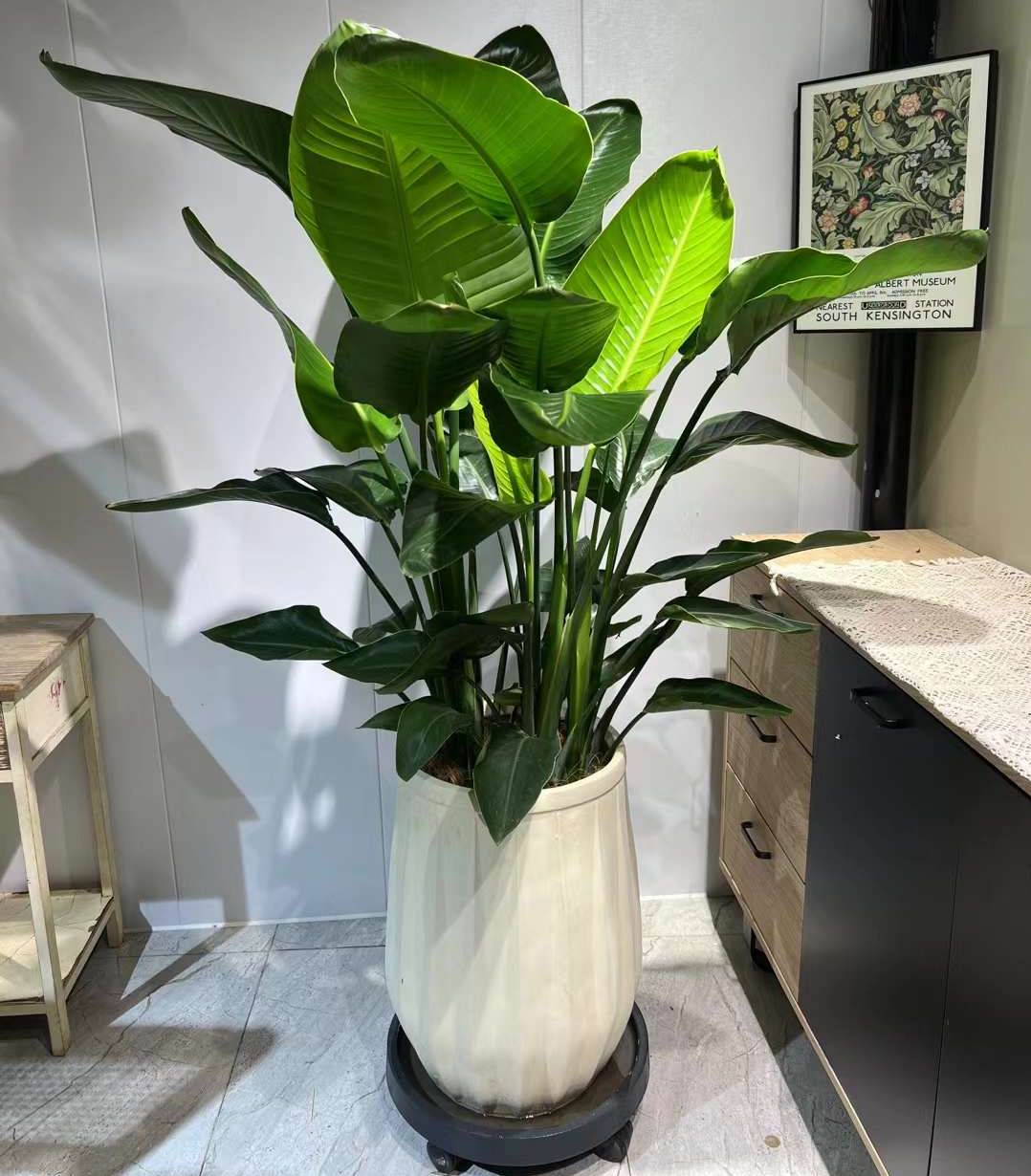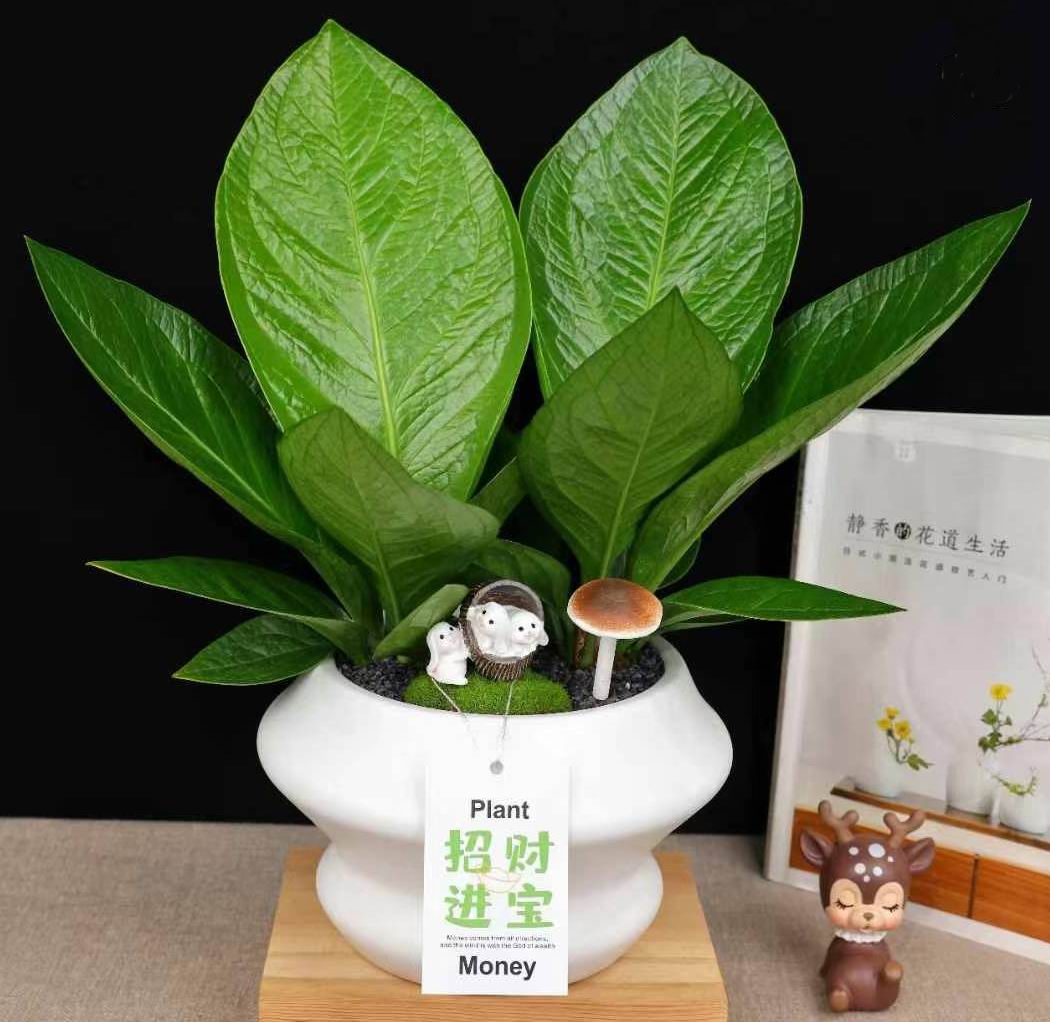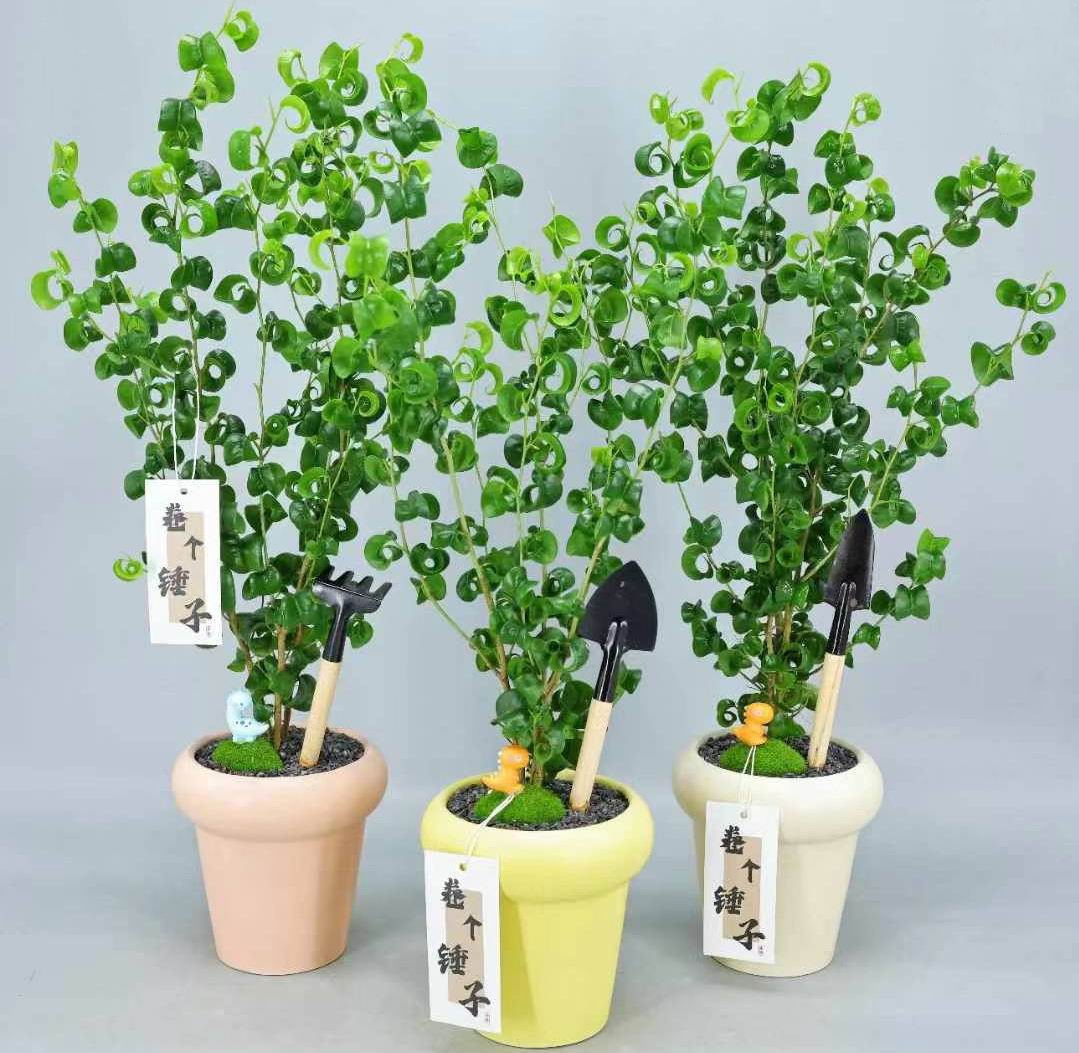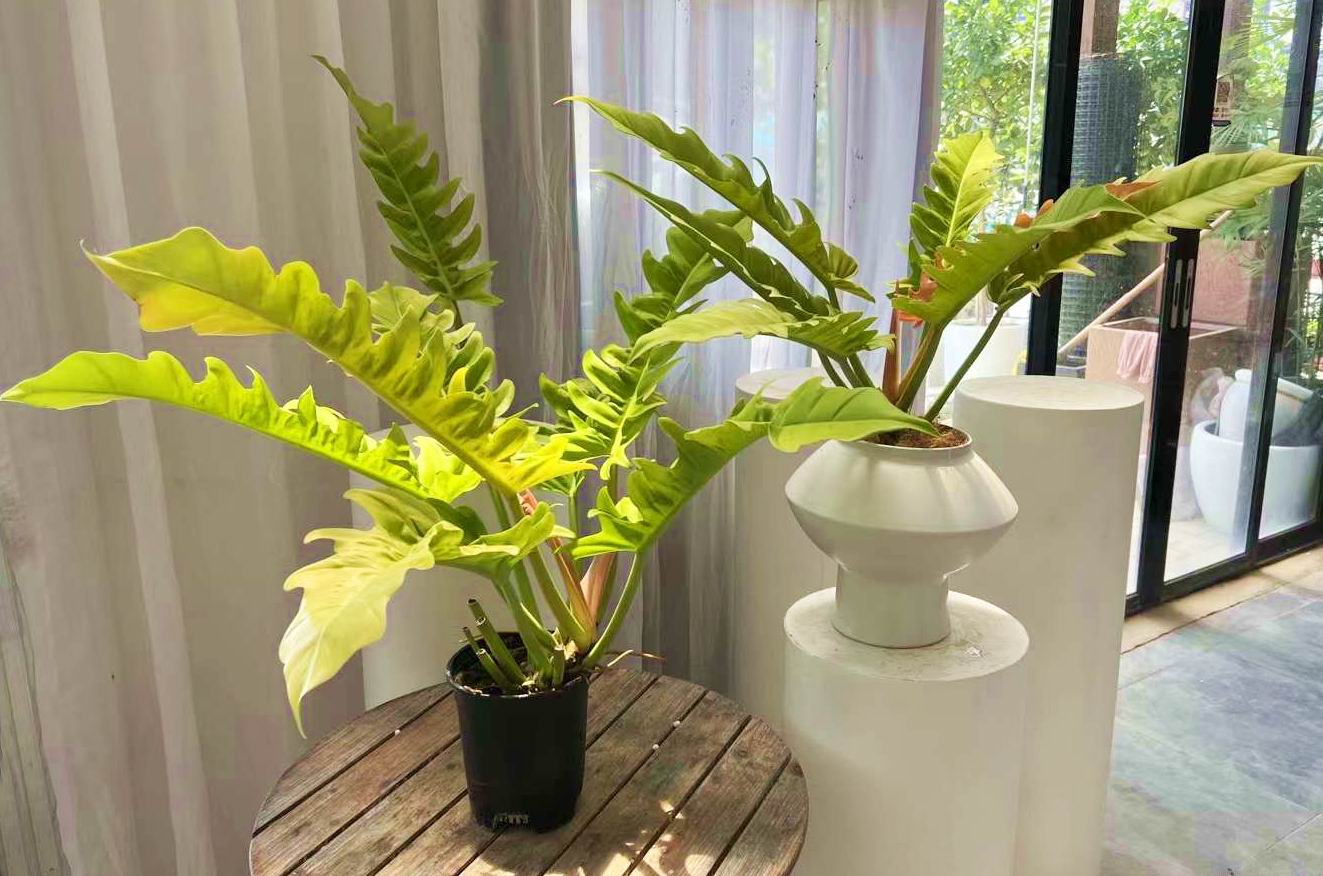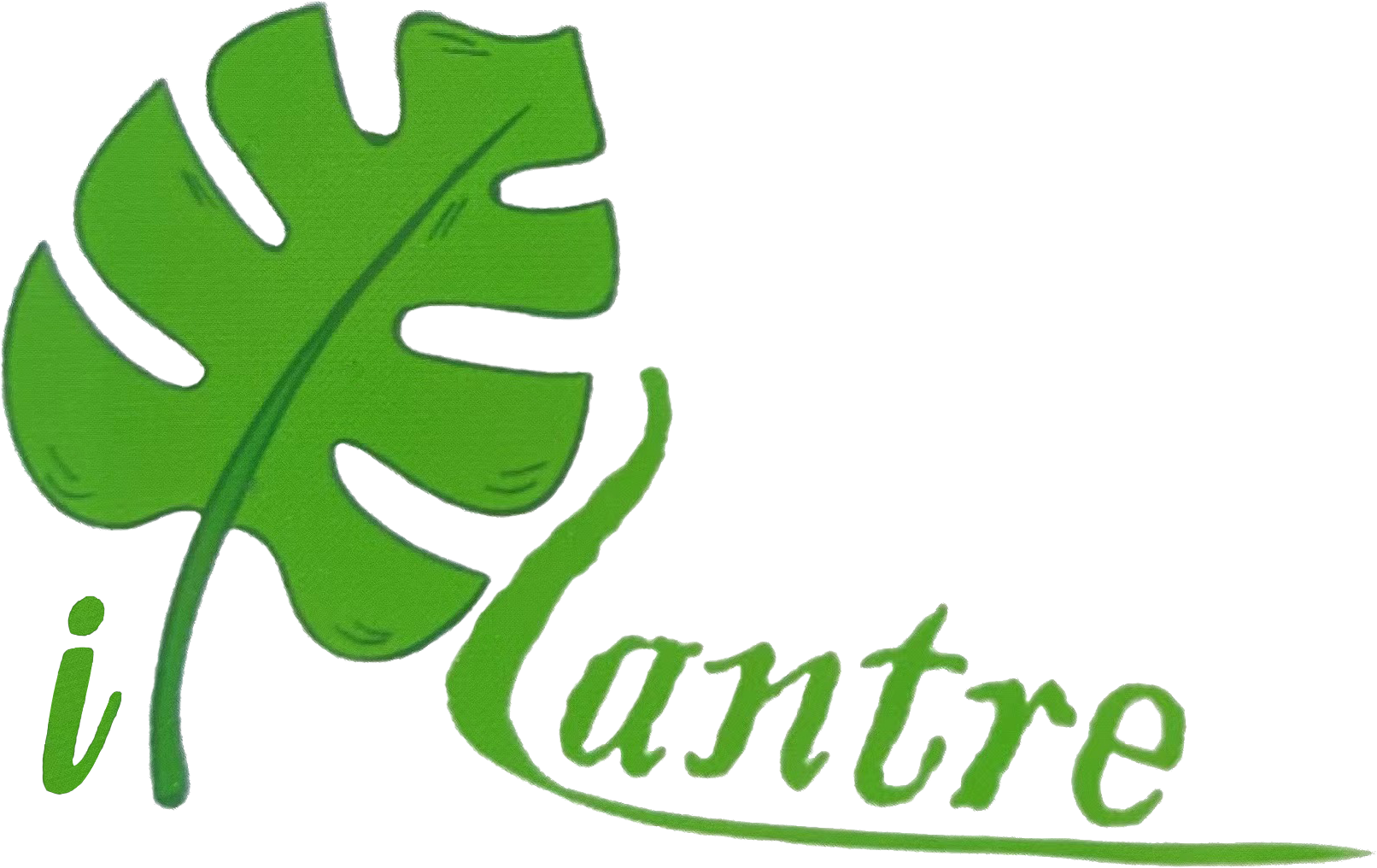Anthurium Jenmanii, commonly known as the CardBoard Anthurium, is a stunning tropical plant prized for its large, velvety leaves and unique texture. Native to the rainforests of South America, this plant thrives in warm, humid environments. However, like many tropical plants, Anthurium Jenmanii is susceptible to root rot, a common issue that can quickly lead to the demise of your beloved plant. In this comprehensive care guide, we will explore the best practices to avoid root rot and ensure your Anthurium Jenmanii thrives.
Understanding Root Rot
Root rot is a condition caused by the decay of a plant's root system, often due to overwatering or poor drainage. When the roots are constantly submerged in water, they are deprived of oxygen, leading to the growth of harmful fungi and bacteria. These pathogens attack the roots, causing them to rot and eventually die. If left untreated, root rot can spread to the entire plant, leading to wilting, yellowing leaves, and ultimately, plant death.
Signs of Root Rot in Anthurium Jenmanii
Early detection is crucial in saving a plant affected by root rot. Here are some common signs to look out for:
- Yellowing Leaves: One of the first signs of root rot is the yellowing of leaves, particularly the lower ones. This occurs because the damaged roots cannot absorb nutrients effectively.
- Wilting: Despite adequate watering, the plant may appear wilted and droopy. This is because the roots are unable to transport water to the rest of the plant.
- Mushy Roots: If you suspect root rot, gently remove the plant from its pot and inspect the roots. Healthy roots should be firm and white, while rotten roots should be mushy, brown, or black.
- Foul Odor: A strong, unpleasant smell emanating from the soil is a clear indicator of root rot. This odor is caused by the decay of organic matter in the soil.
- Stunted Growth: If your Anthurium Jenmanii is not growing as expected, it could be a sign of root rot. The plant may also produce smaller leaves than usual.
Preventing Root Rot in Anthurium Jenmanii
Preventing root rot is far easier than treating it. By following these care guidelines, you can create an environment that promotes healthy root growth and minimizes the risk of root rot.
1. Proper Watering Techniques
Overwatering is the primary cause of root rot in Anthurium Jenmanii. To avoid this, it's essential to water your plant correctly.
- Check Soil Moisture: Before watering, check the moisture level of the soil. Insert your finger about an inch into the soil; if it feels dry, it's time to water. If it's still moist, wait a few more days.
- Water Thoroughly but Infrequently: When you water, do so thoroughly, allowing water to drain out of the bottom of the pot. However, ensure that the plant is not left sitting in standing water. Empty the saucer beneath the pot after watering.
- Adjust Watering Frequency: The watering needs of Anthurium Jenmanii will vary depending on the season. During the growing season (spring and summer), the plant may require more frequent watering. In the dormant season (fall and winter), reduce the frequency.
2. Well-Draining Soil
Anthurium Jenmanii requires a well-draining soil mix to prevent water from accumulating around the roots.
- Choose the Right Soil Mix: A mix of orchid bark, perlite, and peat moss is ideal for Anthurium Jenmanii. This combination provides excellent drainage while retaining some moisture.
- Avoid Heavy Soils: Heavy, clay-based soils retain too much water and can lead to root rot. Avoid using garden soil or potting mixes that do not drain well.
- Add Amendments: If your soil mix is too dense, consider adding amendments like coarse sand or pumice to improve drainage.
3. Proper Pot Selection
The type of pot you use can significantly impact the health of your Anthurium Jenmanii roots.
- Choose a Pot with Drainage Holes: Always use a pot with drainage holes to allow excess water to escape. Without proper drainage, water will accumulate at the bottom of the pot, leading to root rot.
- Consider Pot Material: Terracotta pots are an excellent choice for Anthurium Jenmanii because they are porous and allow the soil to dry out more quickly. Plastic pots retain moisture longer and may require more careful watering.
- Repot When Necessary: As your Anthurium Jenmanii grows, it may become root-bound, meaning the roots have outgrown the pot. Repot the plant into a larger container with fresh soil to prevent root congestion and improve drainage.
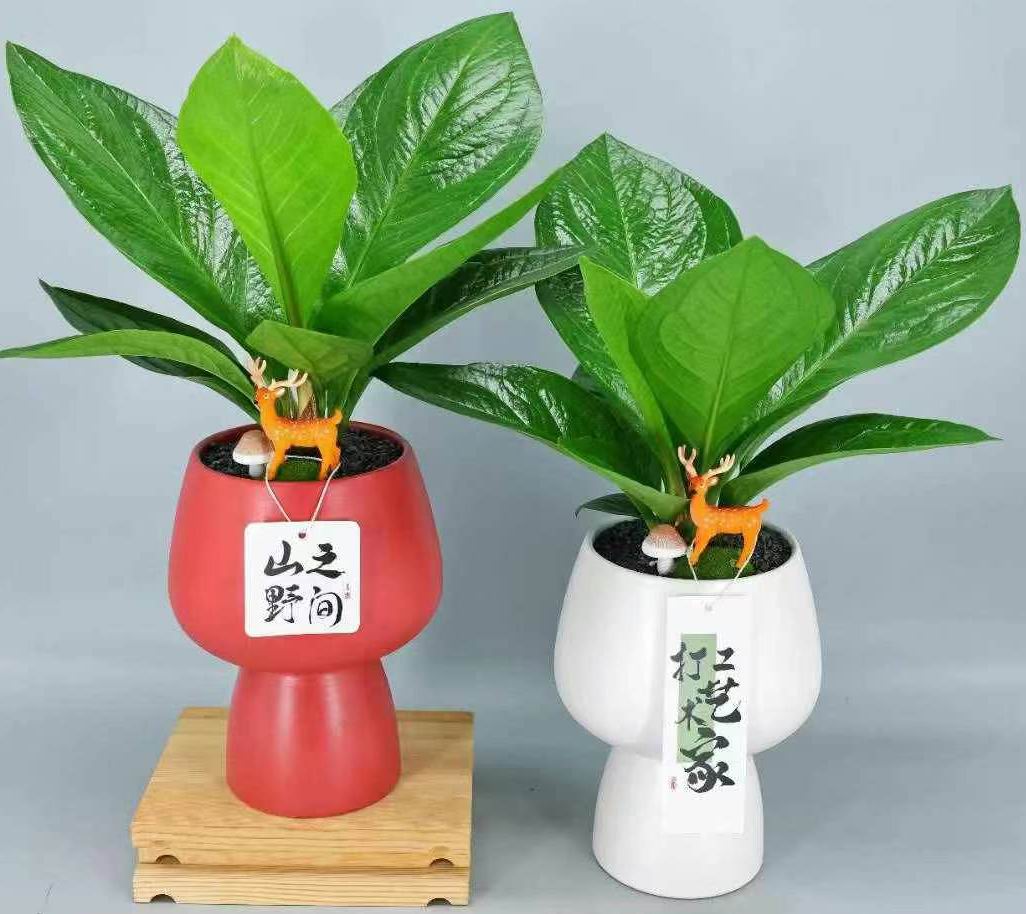
4. Humidity and Air Circulation
Anthurium Jenmanii thrives in high humidity, but excessive moisture in the air can contribute to root rot if not managed properly.
- Maintain Optimal Humidity: Aim for a humidity level of 60-80% for your Anthurium Jenmanii. You can achieve this by using a humidifier, placing a tray of water near the plant, or grouping it with other plants.
- Ensure Good Air Circulation: Proper air circulation helps prevent the buildup of moisture around the plant, reducing the risk of fungal infections. Use a fan to gently circulate air around the plant, especially in humid environments.
5. Fertilization and Nutrient Management
While fertilization is essential for the growth of Anthurium Jenmanii, over-fertilization can lead to salt buildup in the soil, which can harm the roots and contribute to root rot.
- Use a Balanced Fertilizer: Apply a balanced, water-soluble fertilizer (such as a 20-20-20 NPK formula) every 4-6 weeks during the growing season. Dilute the fertilizer to half the recommended strength to avoid over-fertilization.
- Flush the Soil: Periodically flush the soil with water to remove any accumulated salts. This can be done by watering the plant thoroughly until water runs out of the drainage holes.
- Avoid Fertilizing in Dormant Season: Reduce or stop fertilization during the fall and winter when the plant's growth slows down.
Treating Root Rot in Anthurium Jenmanii
If you suspect your Anthurium Jenmanii has root rot, it's essential to act quickly to save the plant.
- Remove the Plant from the Pot: Gently remove the plant from its pot and shake off excess soil to expose the roots.
- Inspect the Roots: Examine the roots carefully. Healthy roots should be firm and white, while rotten roots will be mushy and discolored.
- Trim Affected Roots: Using sterilized scissors or pruning shears, trim away any rotten roots. Be sure to cut back to healthy tissue.
- Disinfect the Roots: To prevent the spread of pathogens, soak the remaining healthy roots in a solution of 1 part hydrogen peroxide to 3 parts water for about 10 minutes.
- Repot in Fresh Soil: Choose a clean pot with drainage holes and fill it with fresh, well-draining soil. Repot the plant, ensuring the roots are spread out evenly.
- Adjust Care Routine: After repotting, adjust your watering and care routine to prevent future root rot. Monitor the plant closely for signs of recovery.
Conclusion
Anthurium Jenmanii is a beautiful and rewarding plant to grow, but it requires careful attention to avoid root rot. By following the proper watering techniques, using well-draining soil, selecting the right pot, maintaining optimal humidity, and managing fertilization, you can create an environment that promotes healthy root growth and prevents root rot. If root rot does occur, prompt action can save your plant and restore it to health. With the right care, your Anthurium Jenmanii will thrive and bring a touch of tropical beauty to your home.
